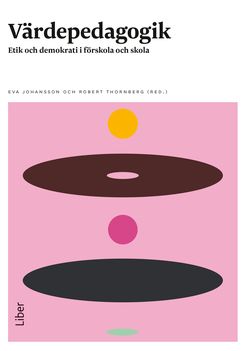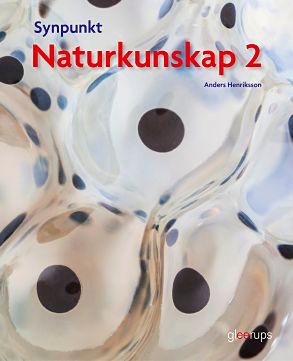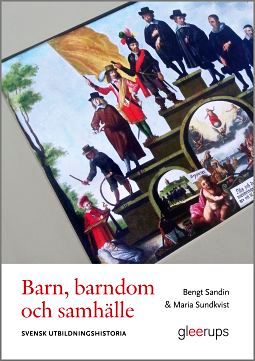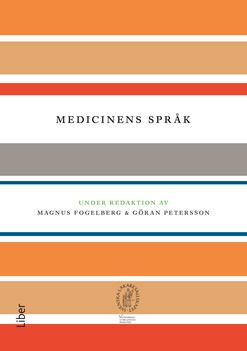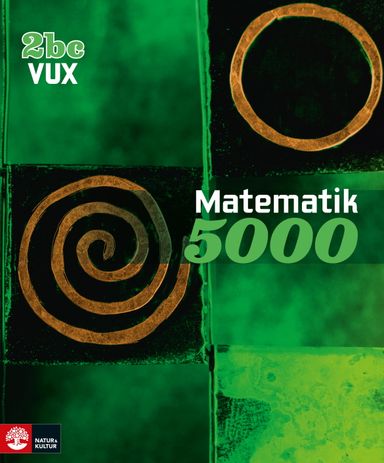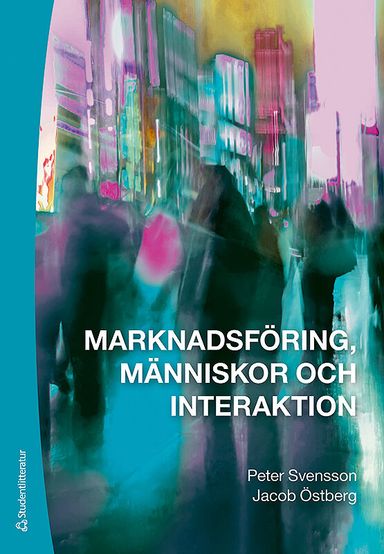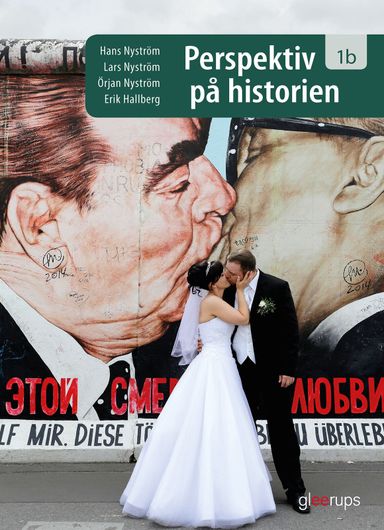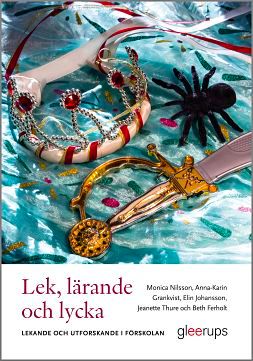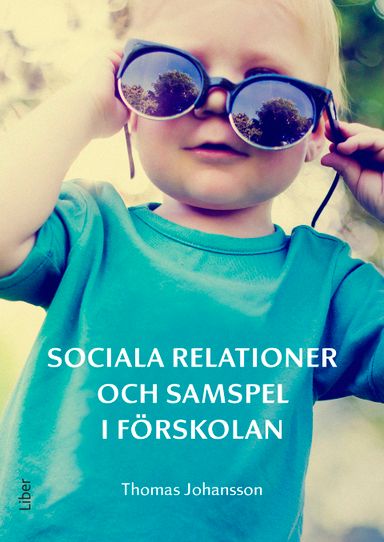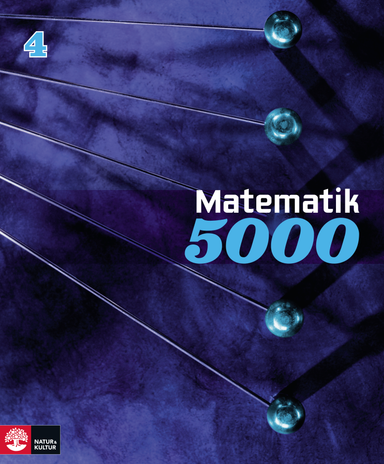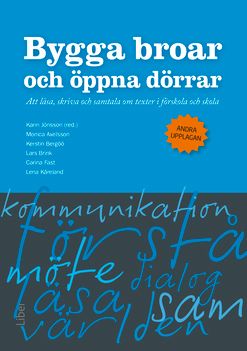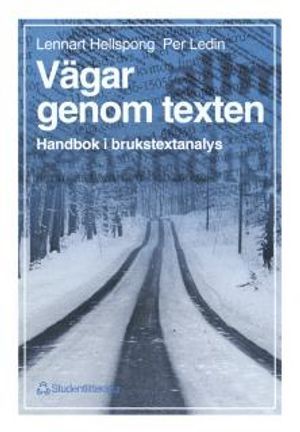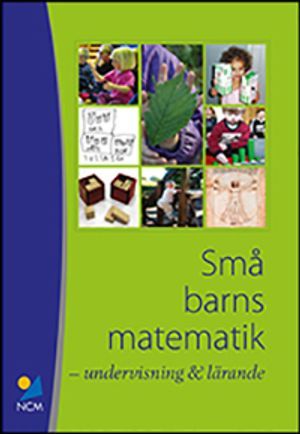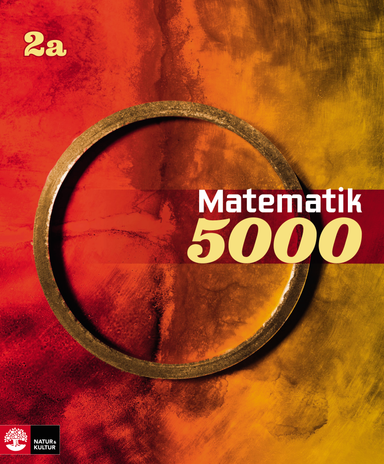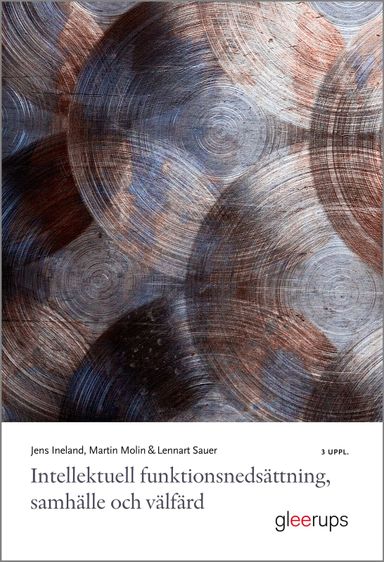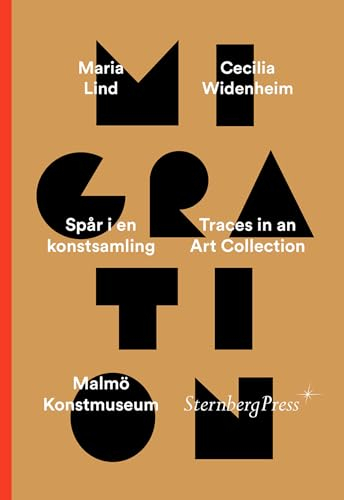

Migration
- Utgiven: 2020
- ISBN: 9783956795473
- Sidor: 320 st
- Förlag: Sternberg Press
- Format: Bok
- Språk: Engelska
Om boken
A survey and exhibition catalog looking at a century of the migrant experience as realized and expressed through art. How have artists over the past 150 years related to migration and exile? And what role can a museum play in times of mass migration? Taking as its starting point the 2019 exhibition Migration: Traces in an Art Collection, which featured more than a hundred works from Malm Konstmuseum made between 1880 and today, this publication brings to light the radical approach of museum director Ernst Fischer, who in 1945 transformed the museum into a refugee shelter for survivors of German concentration camps. It also highlights the museum's long-forgotten Latvian Collection, comprised of art acquired in solidarity with the young Baltic nation and its exiles. Contrasting works by exiled artists such as Sonia Delaunay-Terk, Lotte Laserstein, Endre Nemes, and Peter Weiss further animate the discussion, as do the geopolitical concerns of Pia Arke, yvind Fahlstr m, and Charlotte Johannesson. Correspondingly, a conversation with the exhibition's curators foregrounds the ways in which today's artists reflect upon and articulate experiences of migration. Together, these re-readings of the collection and its potential contribute to an urgent debate on the role of museums in our time. Contributors Ernst Fischer, Lars-Erik Hjertstr m Lappalainen, Maria Lind, Lotte L vholm, Joanna Warsza, and Cecilia Widenheim
Åtkomstkoder och digitalt tilläggsmaterial garanteras inte med begagnade böcker
Mer om Migration (2020)
I januari 2020 släpptes boken Migration skriven av Maria Lind, Cecilia Widenheim. Den är skriven på engelska och består av 320 sidor. Förlaget bakom boken är Sternberg Press.
Köp boken Migration på Studentapan och spara pengar.
Referera till Migration
Harvard
Lind, M. & Widenheim, C. (2020). Migration. Sternberg Press.
Oxford
Lind, Maria & Widenheim, Cecilia, Migration (Sternberg Press, 2020).
APA
Lind, M., & Widenheim, C. (2020). Migration. Sternberg Press.
Vancouver
Lind M, Widenheim C. Migration. Sternberg Press; 2020.

